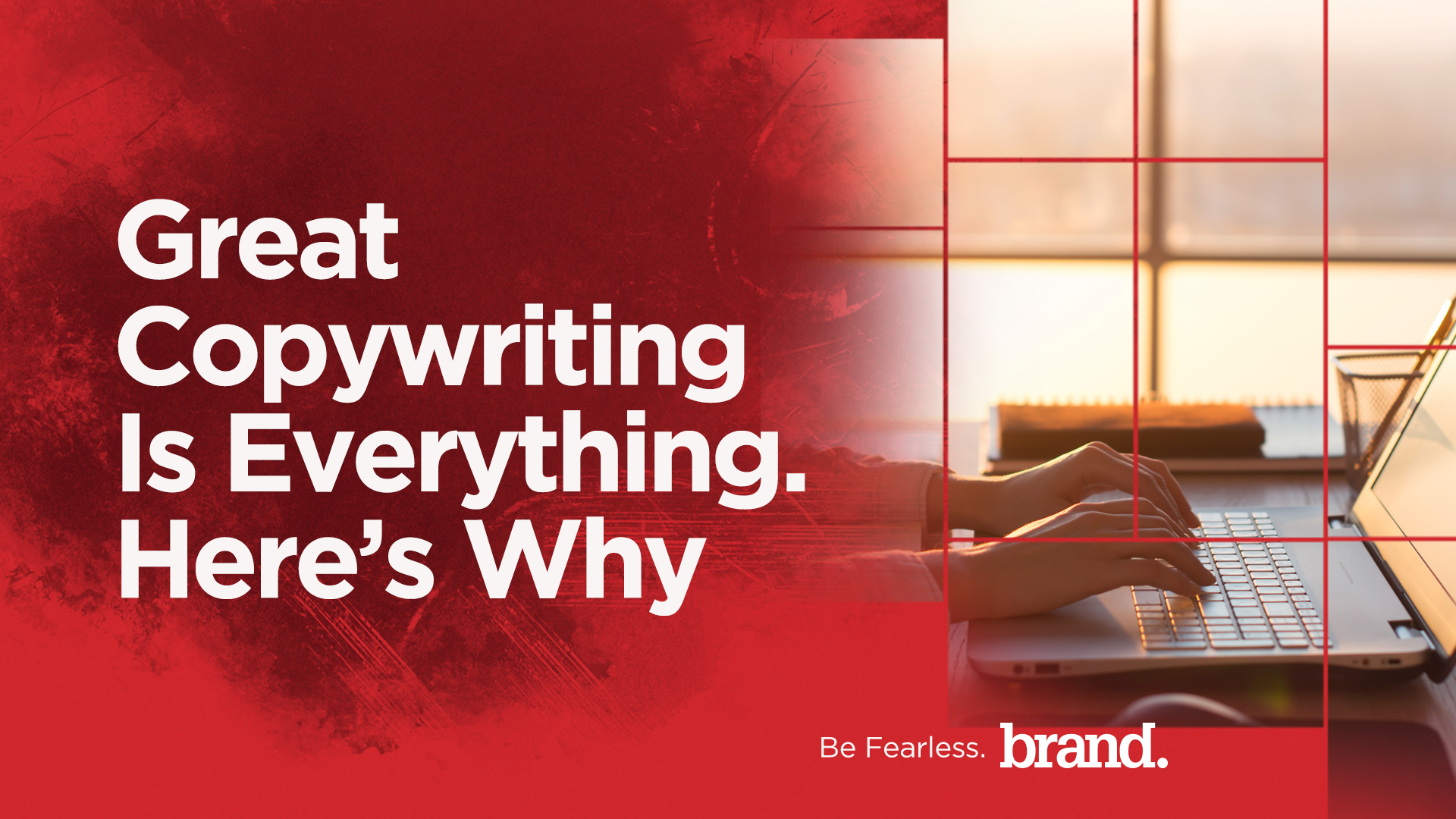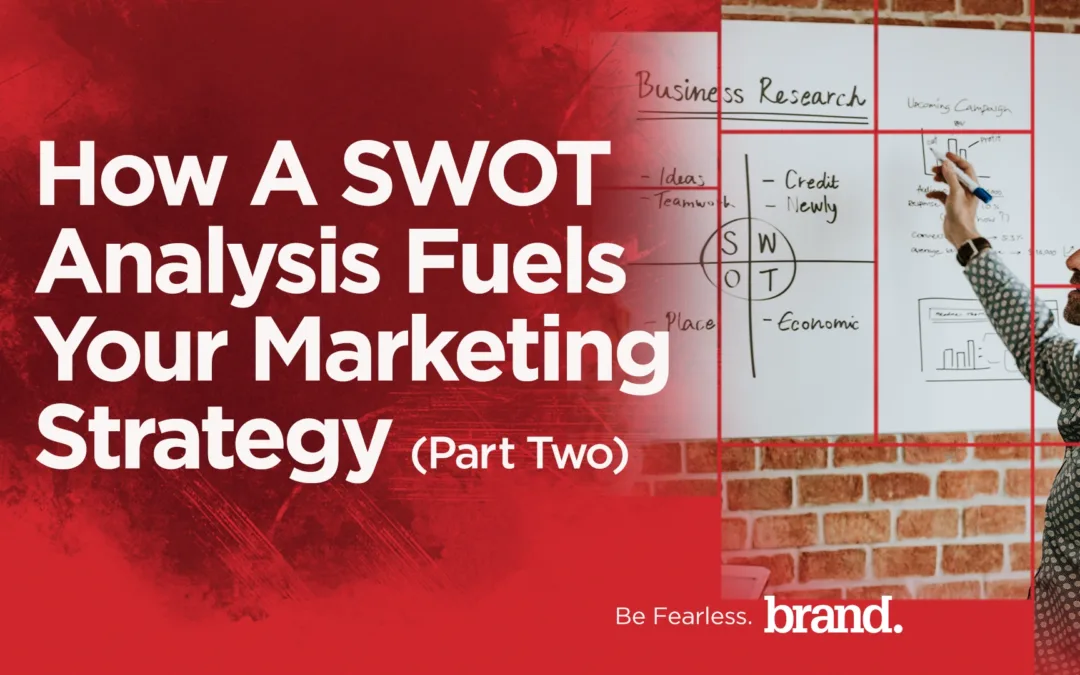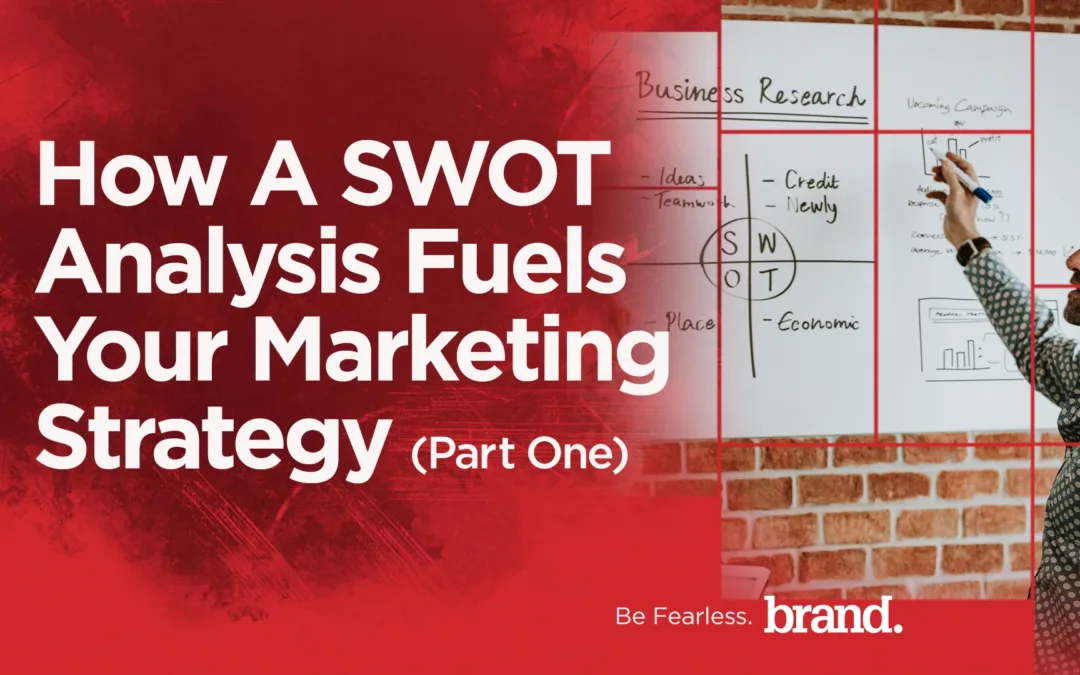Copywriters will tell you that words make the world go ’round, and copy is the axis on which the global marketing industry revolves. That copywriting is high literature and not even Shakespeare’s “Once more into the breach!” is a more memorable or motivating call to action than “Just Do It.”
Copywriting in marketing is the linchpin for success. It’s the art and science of crafting targeted, relevant messages that influence, persuade, and drive actions that achieve marketing goals. Whether it’s a captivating ad headline, an engaging blog narrative, or a compelling website call-to-action, copywriting transforms simple messages into powerful tools for building your business.
The Secrets to Effective, Successful Copywriting
Understanding the Audience: Even the most beautifully designed ad can miss the mark if the copy doesn’t connect with the audience or inspire a desired action. So, copywriting in marketing starts with a deep understanding of the psychology of your target audience and knowing what makes them tick.
Effective copywriting brings a product and its audience together and speaks directly to their needs, aspirations, fears, and values. It sparks curiosity, eases a pain point, solves a problem, or makes an emotional connection. It communicates the value of a product or service in a way that makes it personal, indispensable, and irresistible. It turns casual interest into focused engagement, conversions, and ultimately, loyal customers.
For example, Dove’s Real Beauty campaign boldly celebrated the beauty of “real” women rather than the idealized, unrealistic vision of beauty endemic throughout our culture. Their messages, tailored to women who value authenticity, self-confidence, and feeling comfortable in their own skin, created a powerful emotional connection that made Dove products relatable, meaningful, and essential to “real” women.
Strong Copywriting Tactics
Clarity and Simplicity: Great copy gets to the point quickly and allows the message to shine without unnecessary complexity. If a reader has to work hard to understand the message, they’re less likely to engage with it.
For example, Apple product descriptions are known for using clear, concise copywriting that doesn’t overwhelm their audience with tech-heavy explanations riddled with jargon and buzzwords. It emphasizes user benefits to focus on how their products meet customer needs and improve their lives. It also accelerates conversions.
Emotional Appeal: Great copywriting taps into the reader’s emotions, such as fear, joy, desire, or need. Emotional copy triggers a response that makes people want to take action right now. When copy connects with emotions, it becomes far more impactful, memorable, and effective.
Campaigns for UNICEF, St. Jude’s Children’s Research Hospital, the ASPCA, the World Wildlife Fund, and other charitable organizations use emotional storytelling to highlight their mission and the needs and struggles of those they serve. It tugs at the audience’s heartstrings, creates empathy, and encourages donations, volunteerism, and other specific actions.
Benefit-Driven Messaging: Great copy focuses on product benefits rather than features. People are more interested in how a product or service will improve their lives than its technical details. Copywriting that highlights the real-world value of a product – the problems it solves or how it makes life easier – resonates more deeply and drives conversions.
The Slack website doesn’t just discuss the features of its platform. It focuses on the benefits customers experience from using their messaging tools. The copy reinforces how Slack makes work life simpler, more productive, and more enjoyable. And how it makes users happier than competing platforms.
Persuasion Techniques: Great copy persuades through a judicious blend of logic and emotion. It uses persuasive techniques like social proof (testimonials, reviews), scarcity (a limited-time offer), or urgency (don’t miss…) to compel readers to act. These techniques make your messages more convincing and increase conversion.
Amazon emphasizes scarcity in its copy, using phrases like “Only 5 left in stock.” This creates pressure that pushes consumers to act quickly before they miss out on a great product or a great deal.
Storytelling: People love stories. So, great copywriting blends storytelling and marketing techniques to create narratives that capture attention, build connections, and make messages more entertaining and memorable. Storytelling helps brands stand out in a crowded and confusing marketplace. They give context to your product or service that makes it easier for people to understand, relate to, and trust.
Airbnb writes stories that convey what it’s like to stay in unique accommodations around the world. They serve as testimonials, giving a face and a narrative to the experiences Airbnb offers its hosts and guests. And they encourage consumers to choose Airbnb and write their own stories.
Gold Tier Marketing in Copywriting
A Strong Hook: It’s crucial to grab the reader’s attention immediately. The first few words or sentences determine whether the reader continues and engages or bounces. Strong copywriting in marketing should start with a bold statement, a provocative question, or a compelling fact that draws the audience into your story.
One ad campaign became iconic with just two words: “Got Milk?” This short, memorable hook prompted immediate curiosity. It made people answer the yes/no question and think about whether they had enough milk on hand or needed to buy more.
A Clear Call-to-Action (CTA): Copywriting in marketing always has a goal: Buy our product. Donate to our cause. Sign up for our newsletter. Click on this link. Share our content. Like this post. A clear, specific, actionable CTA can provide the motivation many consumers need to cross your goal line. Without a strong CTA, even the most engaging copy can fall short.
The simple, specific CTA of the Netflix homepage is “Join Free for a Month.” This tells users exactly what they’ll get and prompts immediate action.
Consistent Brand Voice: Copywriting in marketing uses a consistent voice and tone that reflects the brand’s personality. Whether it’s serious or playful, authoritative or nurturing, or just downright weird, your copy should always integrate the brand voice across all platforms. It makes your brand more recognizable and relatable. It builds consumer affinity and trust that invites a closer, deeper relationship.
Wendy’s has built a reputation for its snarky, humorous brand voice on social media. Their copywriting consistently incorporates this playful, irreverent tone and makes them stand out in the ultra-competitive quick-serve food market.
SEO Optimization: In the digital world, great copy also needs to optimize SEO performance, so your sites and ads rank higher on search pages. This means blending specific, often awkward keywords into the copy in a way that sounds natural and doesn’t distract from the story you’re telling. SEO-friendly copy yields organic traffic that can significantly boost your brand’s online visibility and expand its overall digital footprint.
For example, HubSpot.com uses SEO best practices to integrate targeted keywords into their blog posts. This helps ensure each post ranks as high as possible on Search Engine Results Pages (SERPs) and drives organic traffic. But it’s HubSpot’s mighty copywriting that keeps their high-quality content engaging, coherent, and effective. And keeps users coming back for more time and time again.
Whether it’s ads, websites, blogs, or social media, copywriting is the linchpin that gives your high-powered marketing wheels traction and keeps them from falling off. Using the right words at the right time in the right way can elevate your brand, make it memorable, and inspire the actions you want.
If you need great copywriting that cuts through the noise, makes key connections, builds trust relationships, converts prospects into customers, and drives business success, contact us today. It’s what we do.






